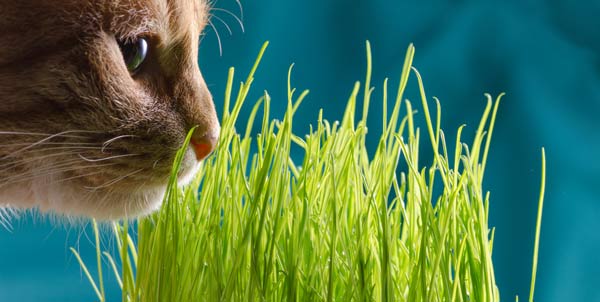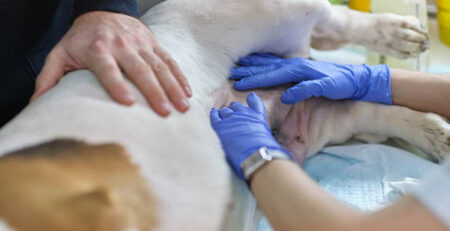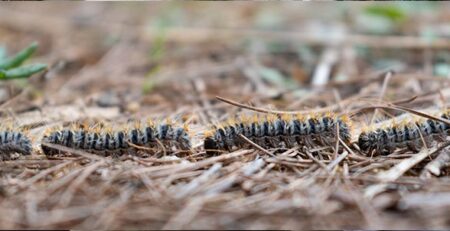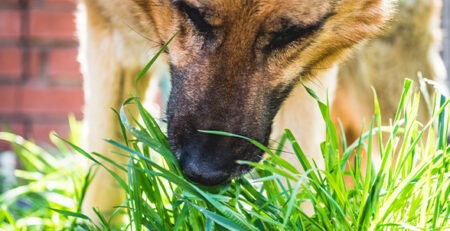Catnip or catnip: what it is and why cats like it so much
Catnip, scientifically known as Nepeta cataria, is an herbaceous plant belonging to the Lamiaceae family.
It is commonly known as “catnip” in English and is native to Europe and Asia, but is now found in many parts of the world, especially North America.
This plant is characterized by green, hairy leaves, small white or purple flowers, and a distinctive aroma that attracts cats.
Why catnip appeals to kittens
The main reason it arouses so much interest in cats lies in its active chemical compound, nepetalactone.
This substance, found in the plant’s leaves and flowers, interacts with cats’ olfactory receptors, causing euphoric reactions.
Its smell is aromatic and distinctive, and reminiscent of mint.
Almost all cats show a positive response to catnip, and only a small proportion seem to be affected.
This variability is attributable to hereditary factors, as well as age: kittens younger than six months old tend not to respond to catnip.
Cats’ reactions to catnip
The reactions that cats exhibit can vary widely.
Some cats may become extremely active and playful, while others may show signs of relaxation.
The duration of the effect is generally short, ranging from 10 to 30 minutes, after which the cat tends to lose interest.
This dual effect – stimulation followed by relaxation – also makes this herb useful in stressful or anxious situations, such as during travel or visits to the veterinarian.
All the effects of catnip
The ingestion or inhalation of the Nepeta cataria can produce various effects in cats.
The kittens may start running, jumping and rolling around, simulating hunting behaviors.
Some cats become more affectionate and receptive to their owners when under the influence of catnip.
In some cases, it can stimulate appetite, making it useful for cats that have difficulty eating.
As much as this herb is generally considered safe and nontoxic for cats, as a precautionary measure, seek advice from your veterinarian before making it available to your cat.
What effects catnip has on humans
Interest in this plant has also aroused curiosity in human circles, creating debate about its potential effects on humans.
Phytotherapy has recognized the potential of catnip in the treatment of various disorders.
Its dried leaves are often used to prepare infusions, which are believed to have antispasmodic and digestive properties, and to improve sleep and promote relaxation.
In addition, there are indications suggesting that catnip may help reduce menstrual pain or relieve irritable bowel discomfort although further research is needed to confirm these effects.
How to grow catnip at home
Growing catnip indoors is a relatively simple process and can be accomplished even by those without a green thumb.
You can buy catnip seeds at a garden store.
Place the pot in a sunny location: the Nepeta cataria requires at least six hours of direct sunlight per day to grow well.
Keep the soil moist but not too wet. Moderate watering is essential, as too much water can rot the plant.
After about 2-3 months of growth, you can start harvesting the leaves and flowers.
Just gently peel them off and they can be used fresh or dried for your cat’s enjoyment.
Alternatively, if gardening is really not your thing, you can also buy already grown seedlings.
For more in-depth information regarding your cat’s management, vaccines, checkups and periodic check-ups, contact the veterinary doctors on our staff who are always available to you.
We would also like to remind you that Clinica La Veterinaria is always open h24 every day including holidays and with First Aid service from 8 pm to 8 am.











